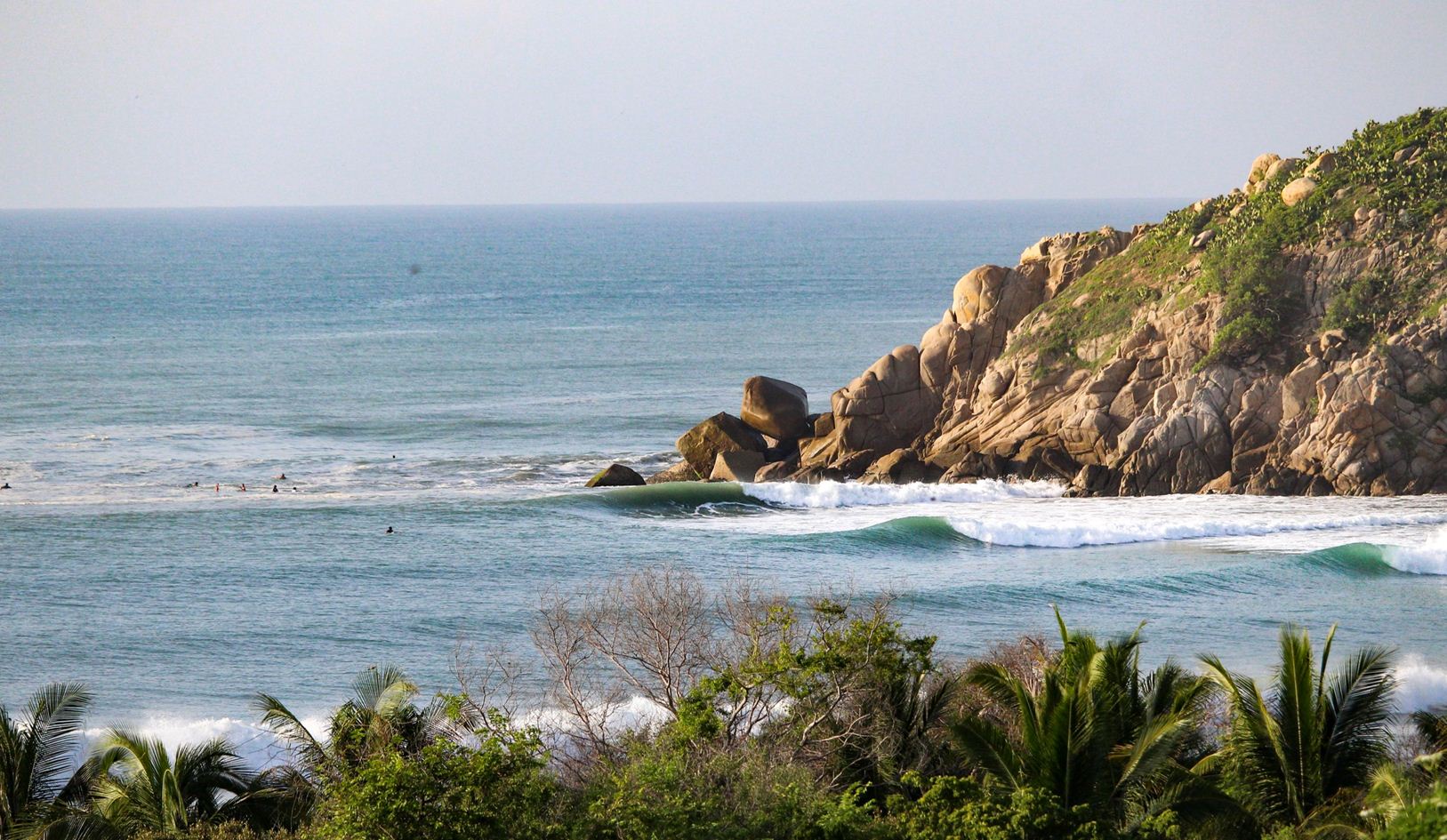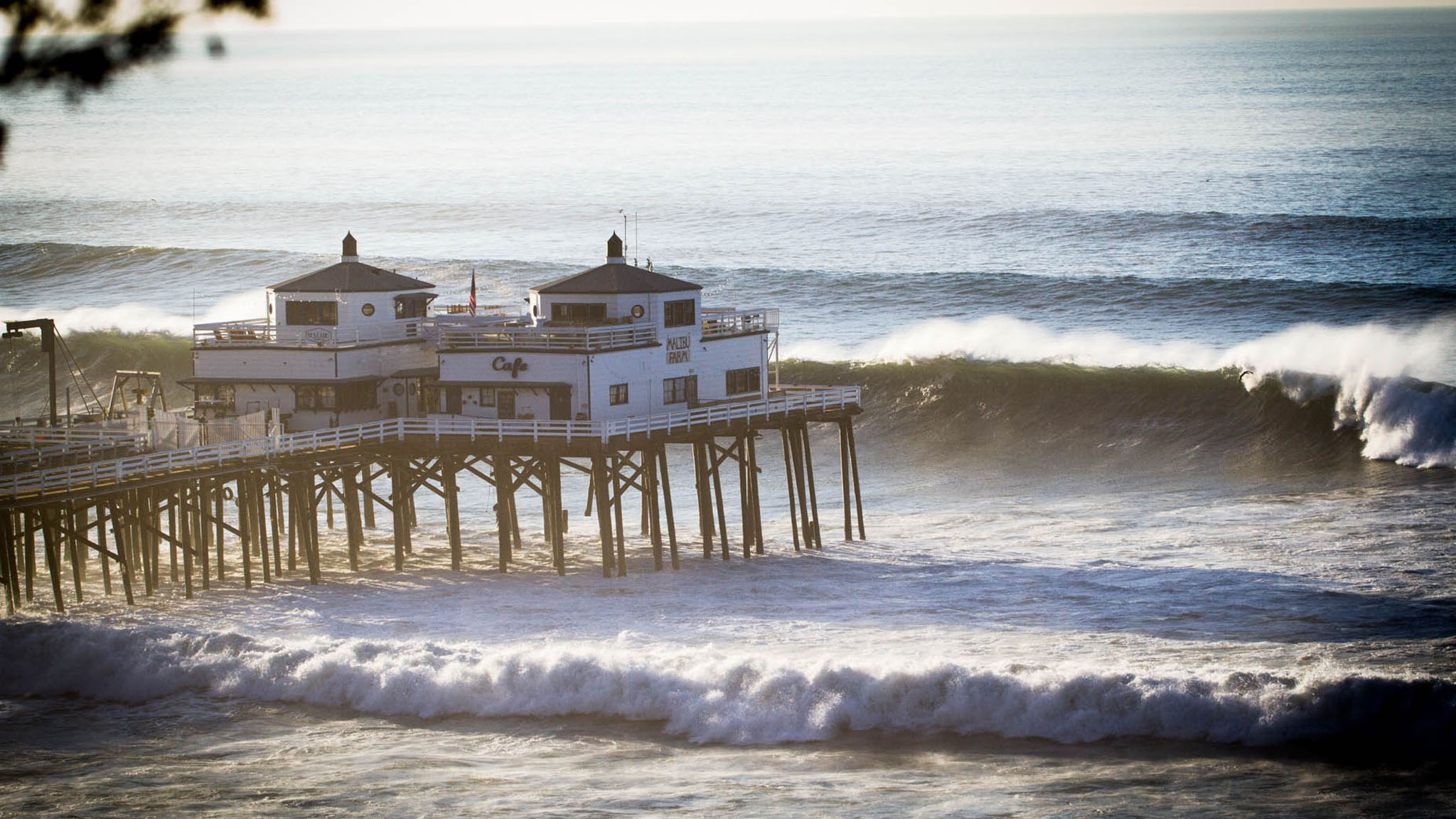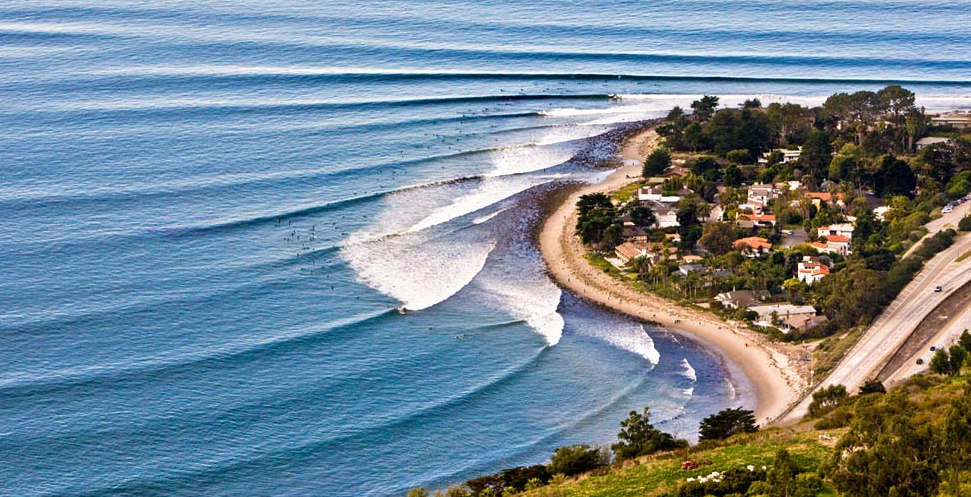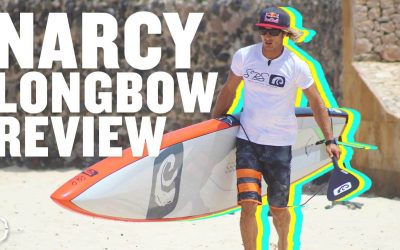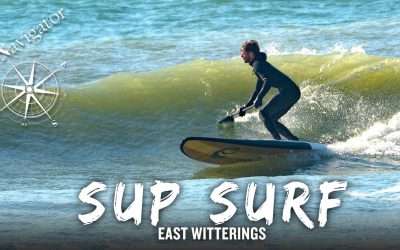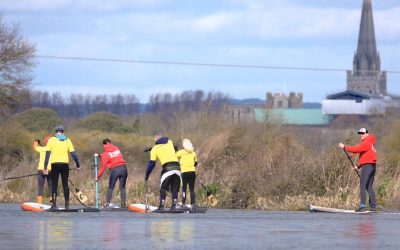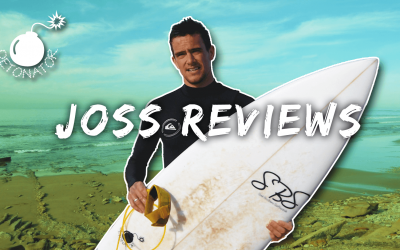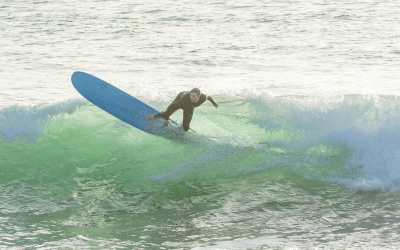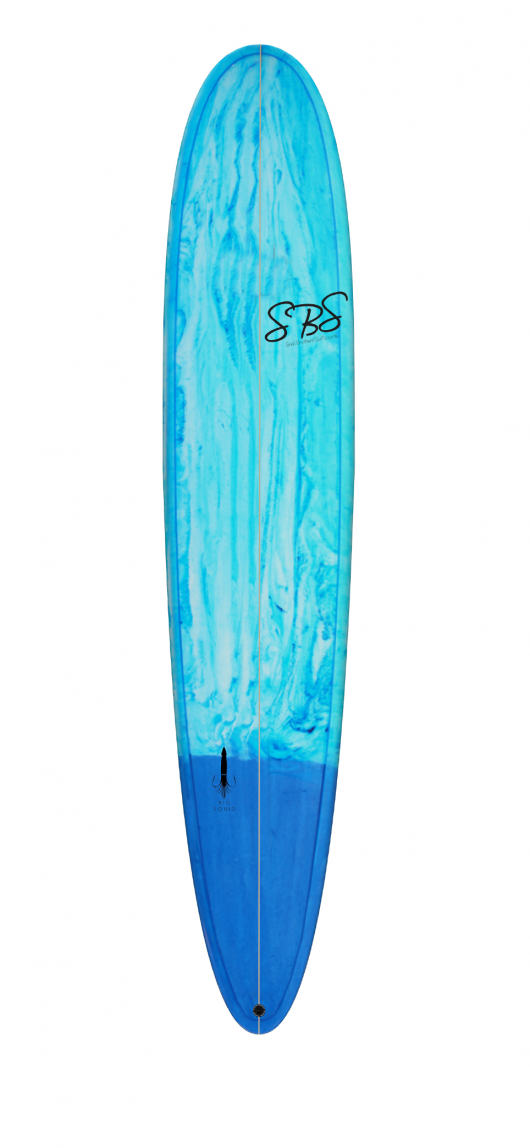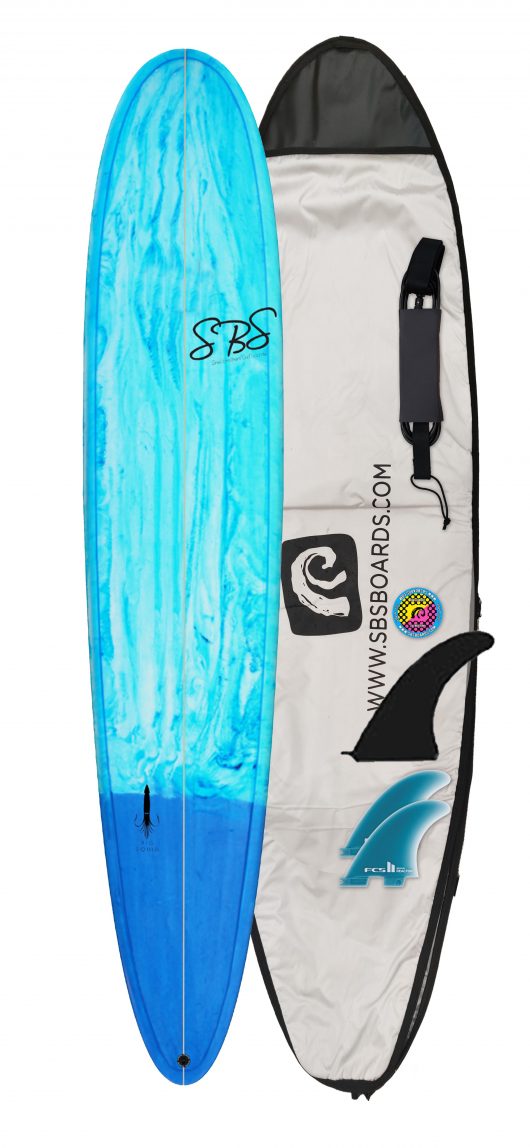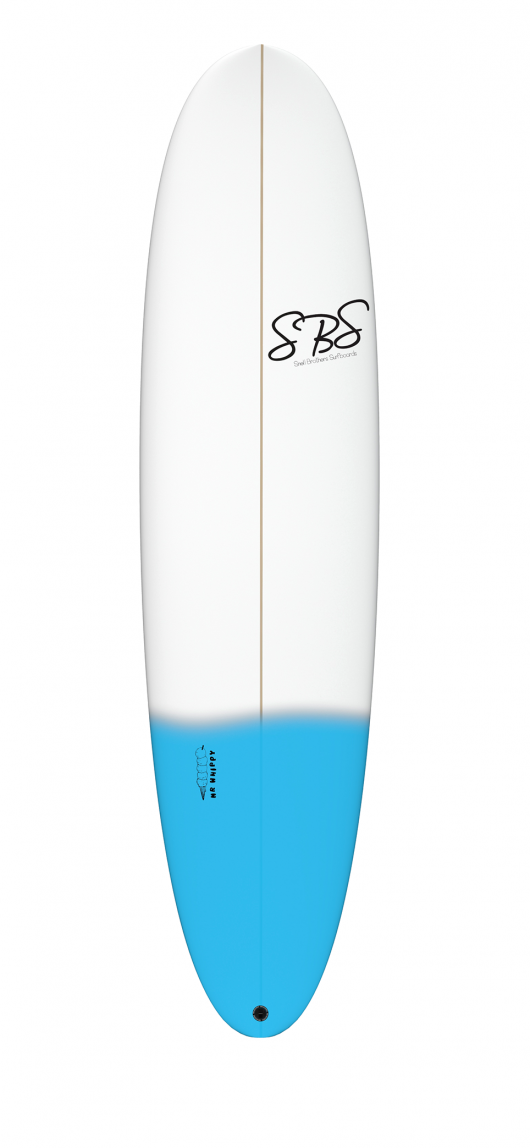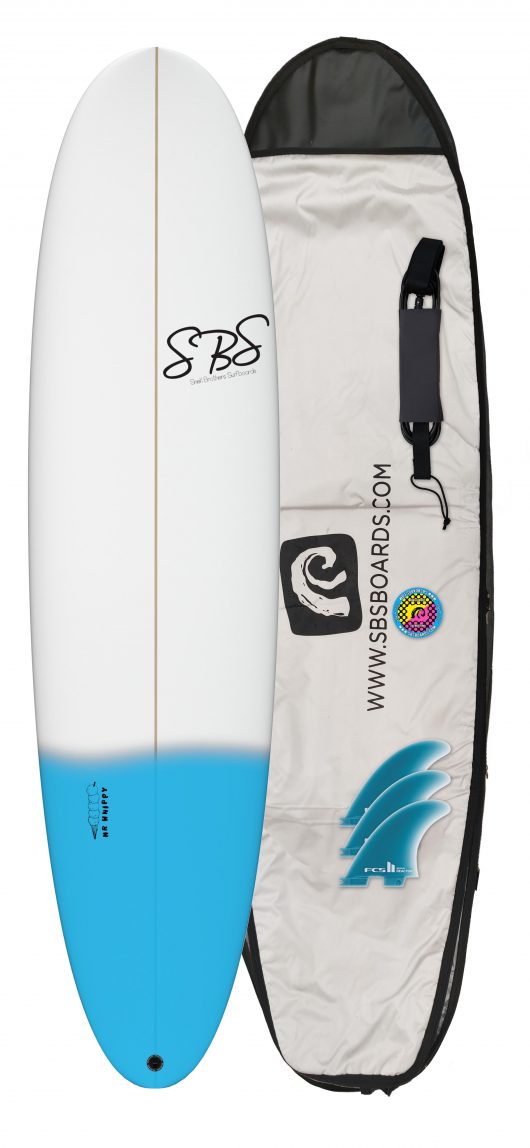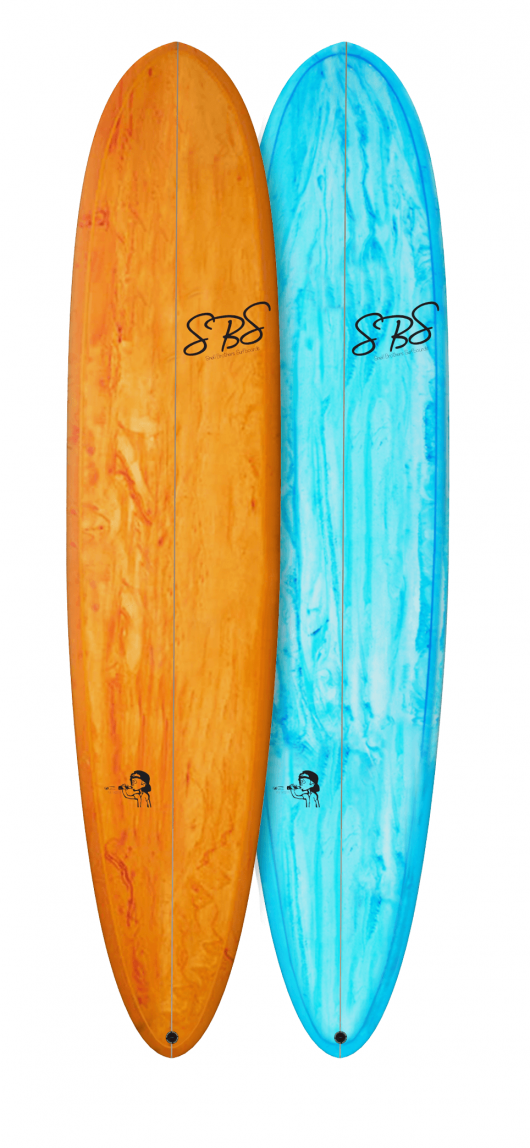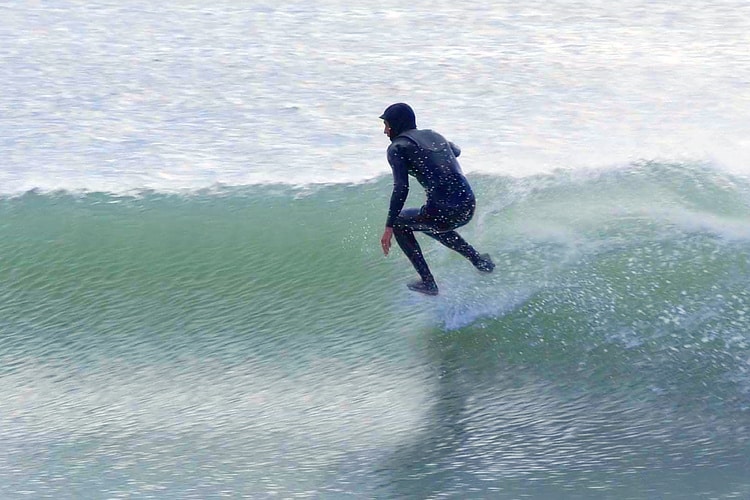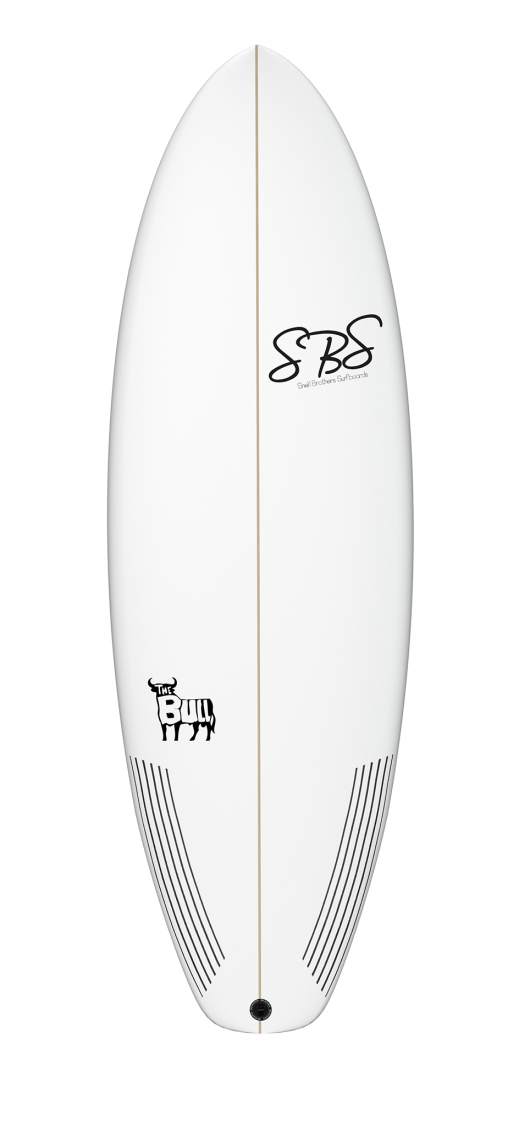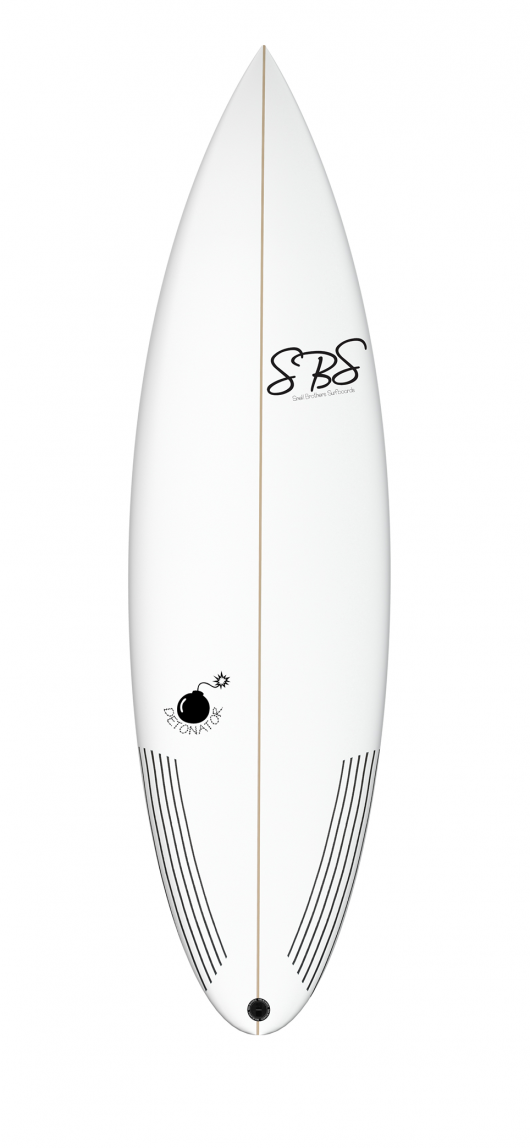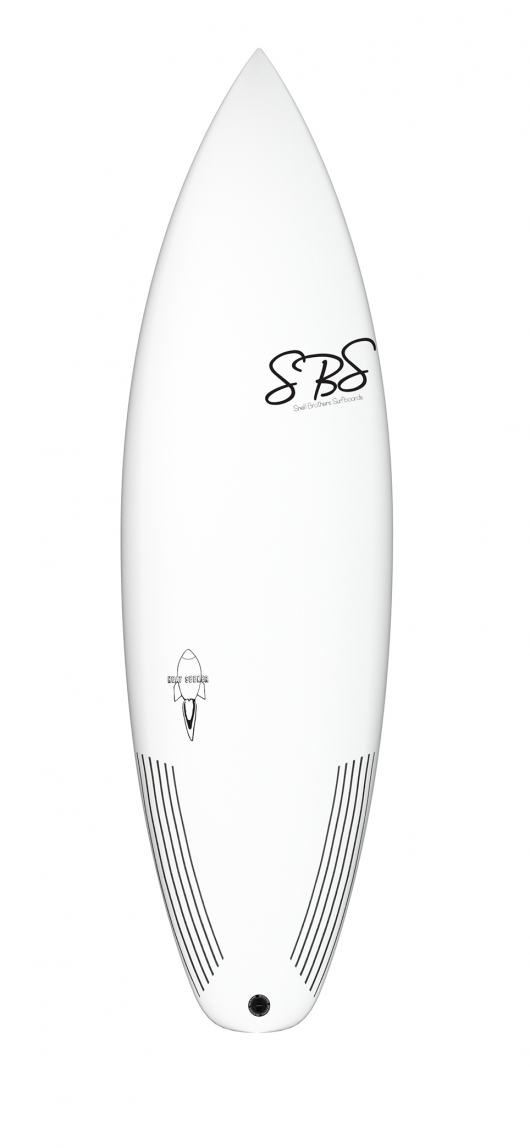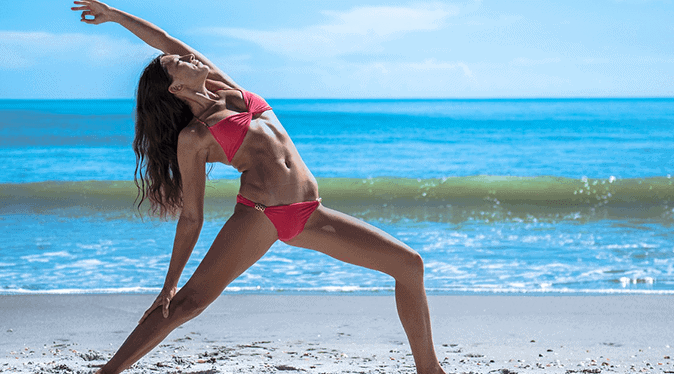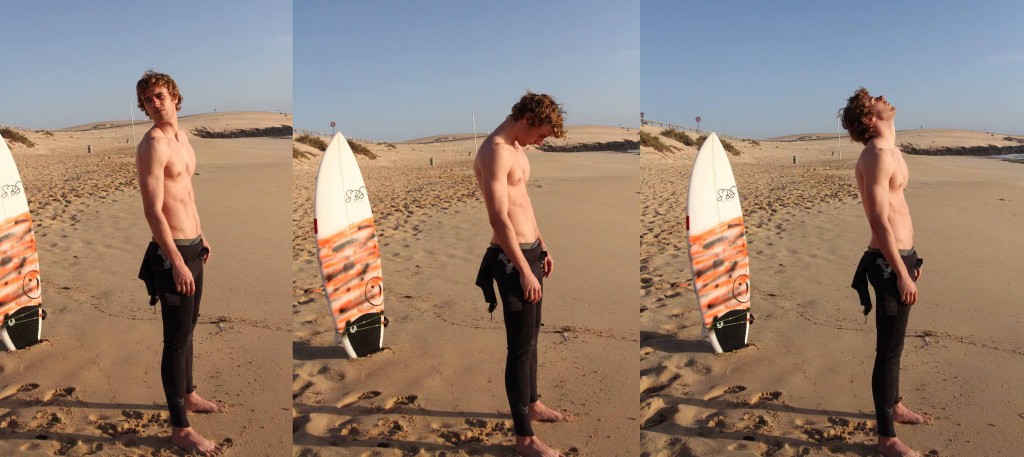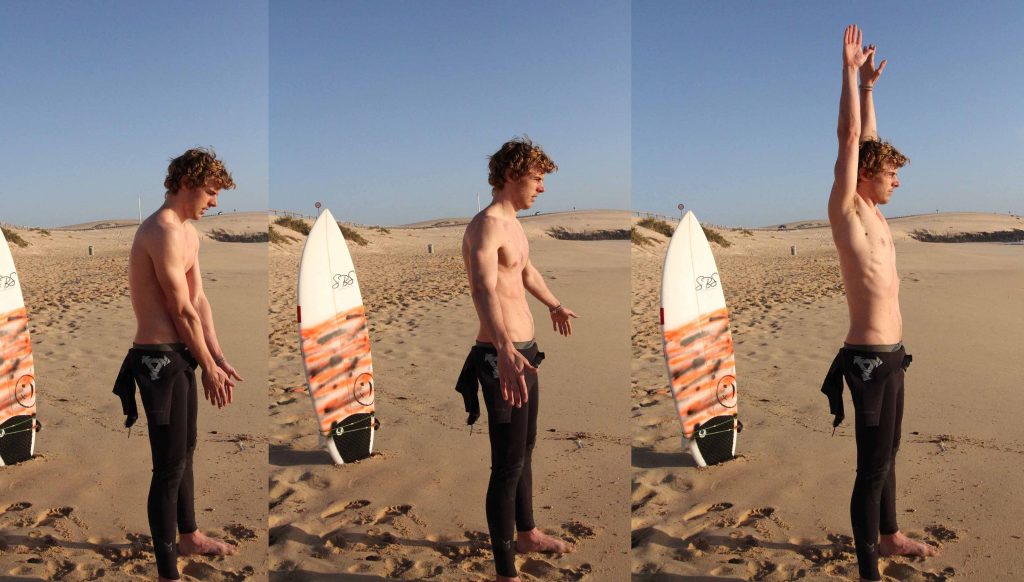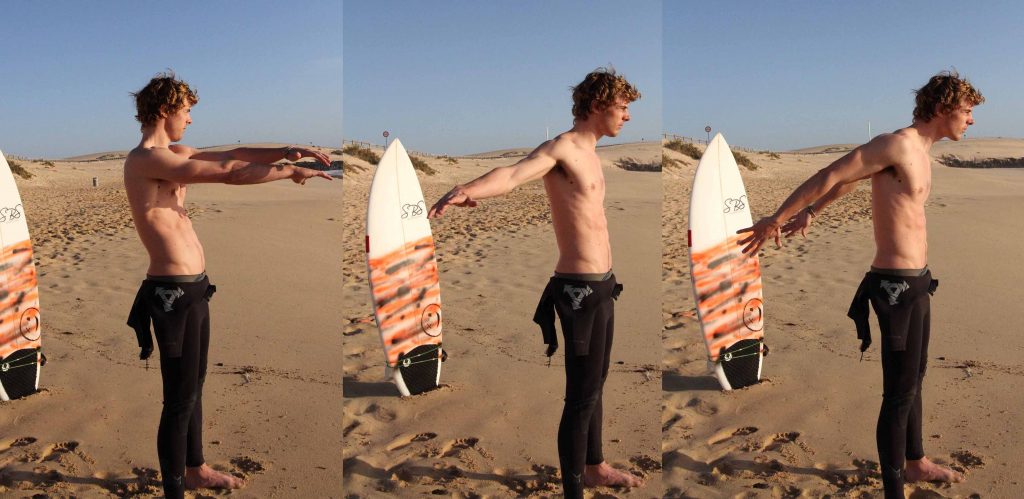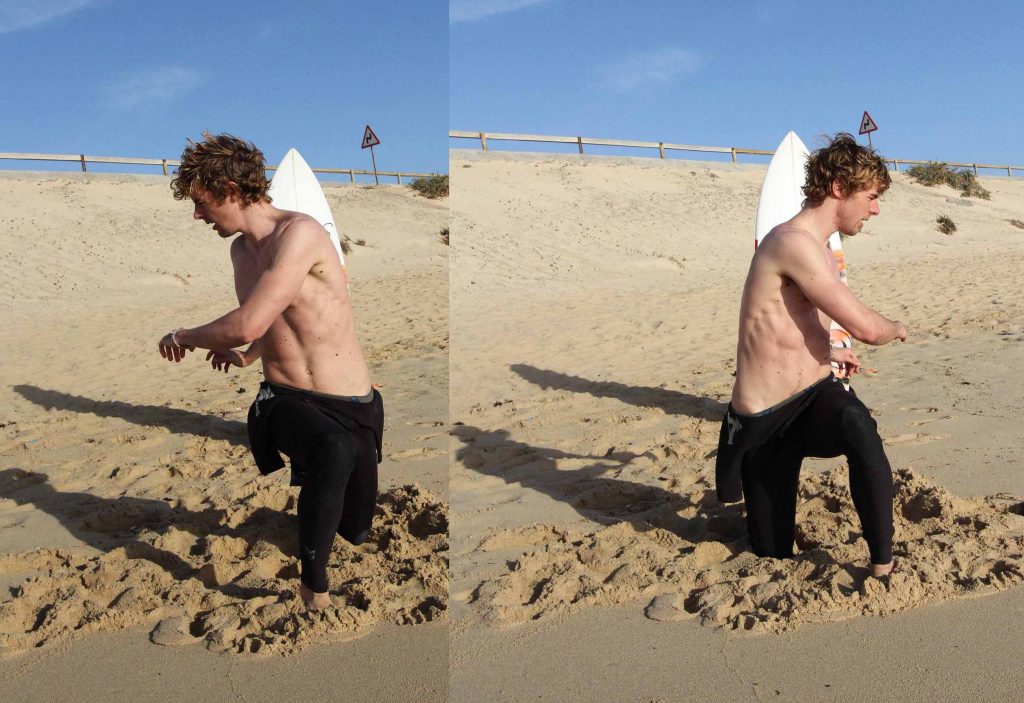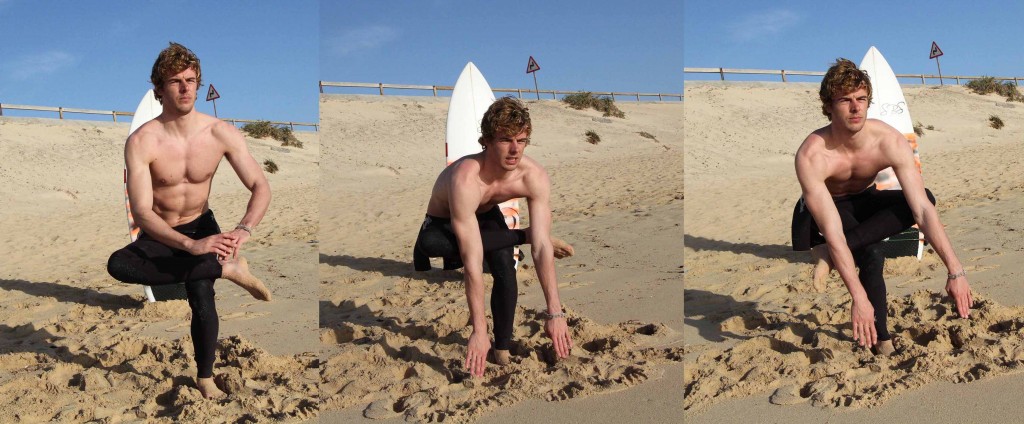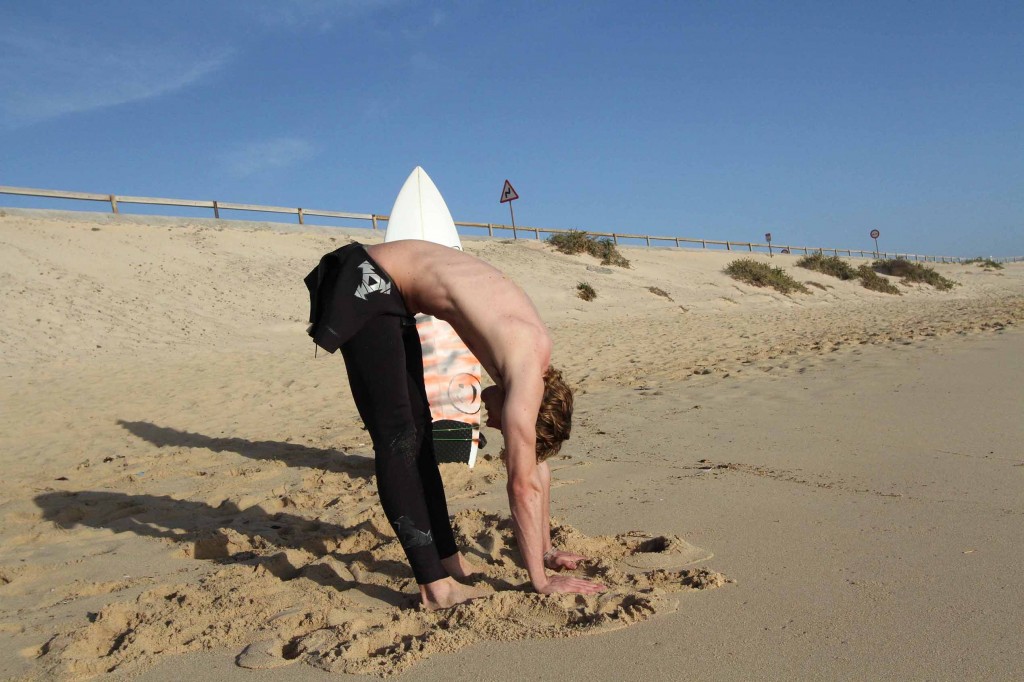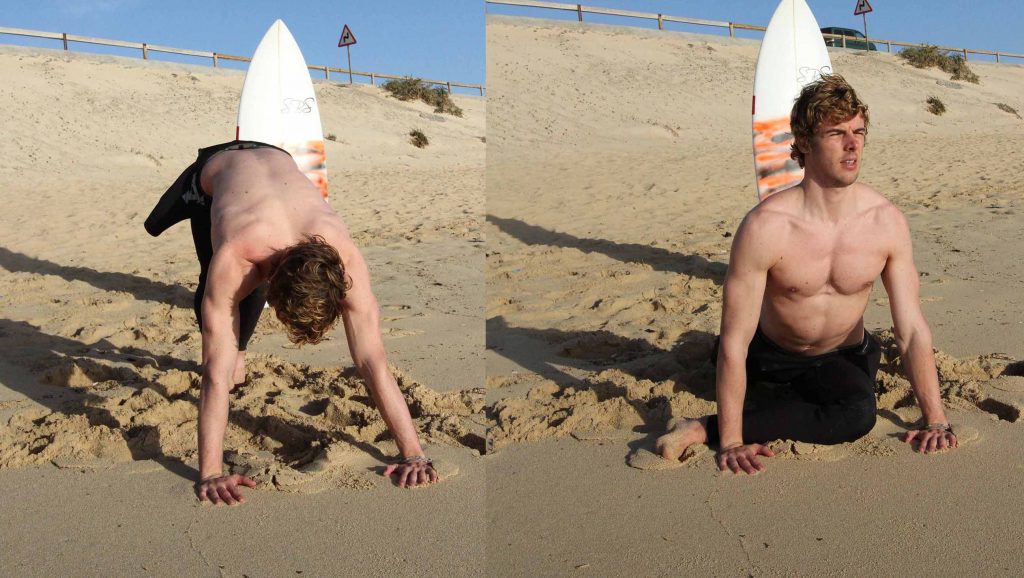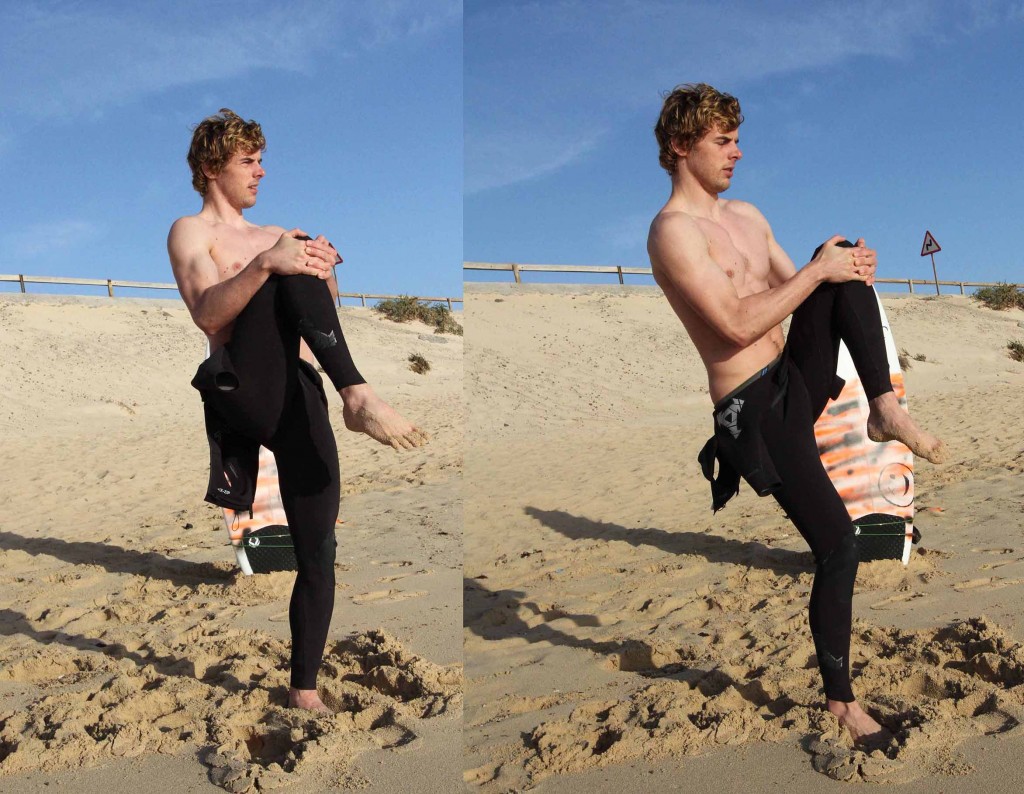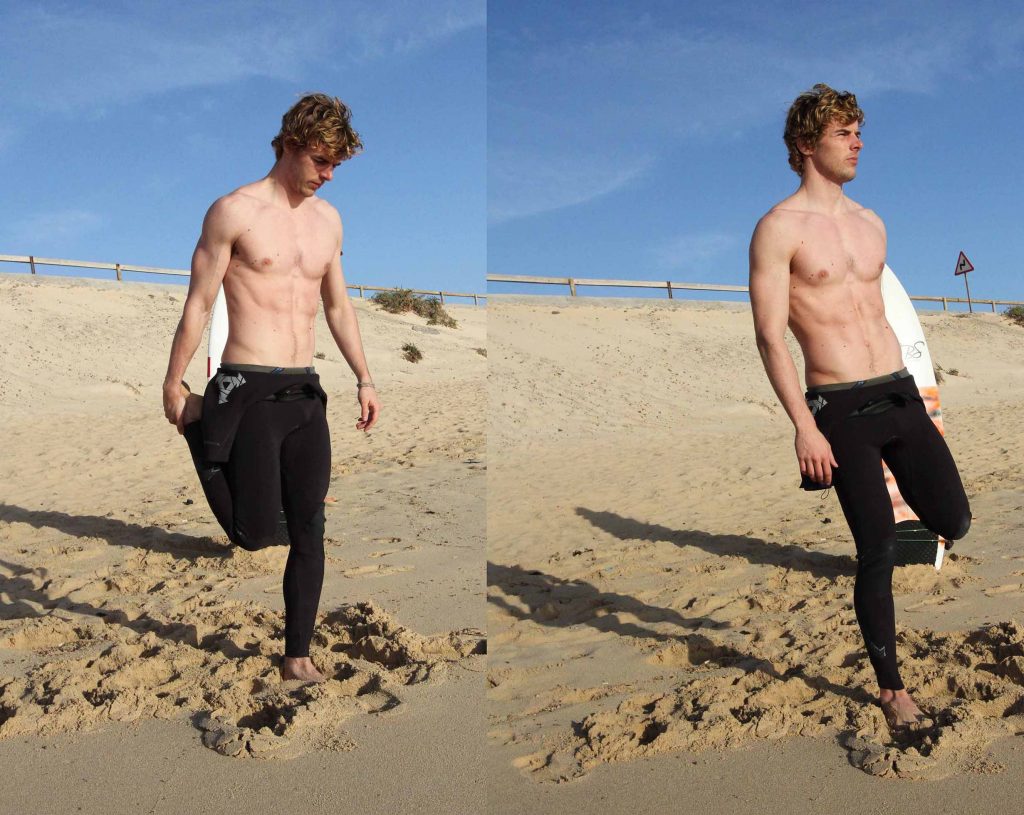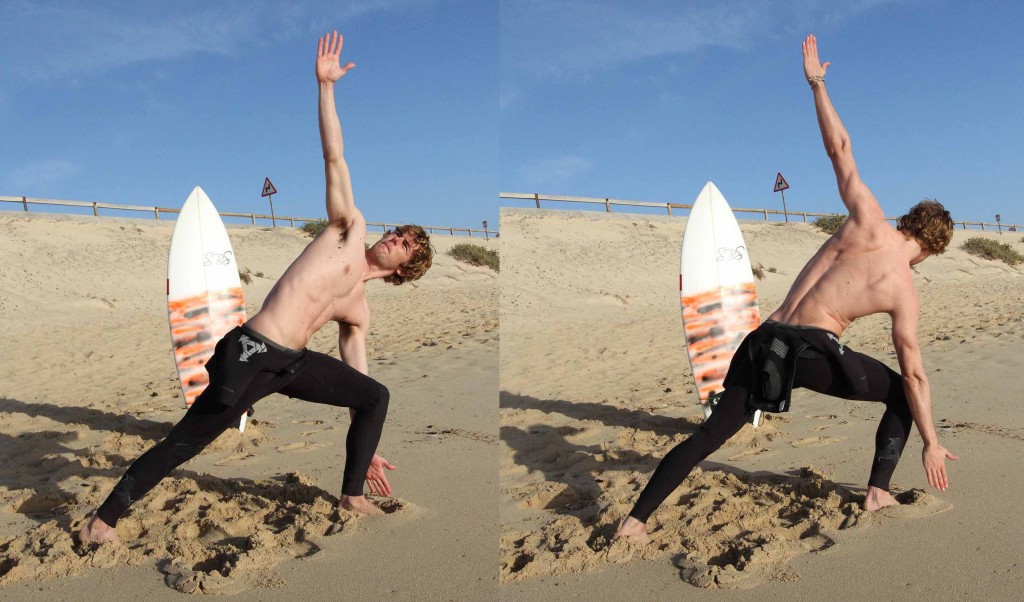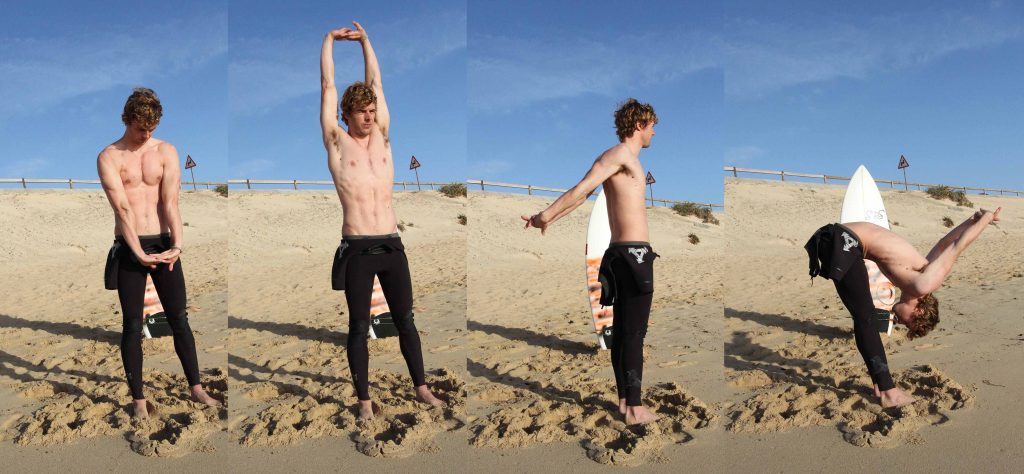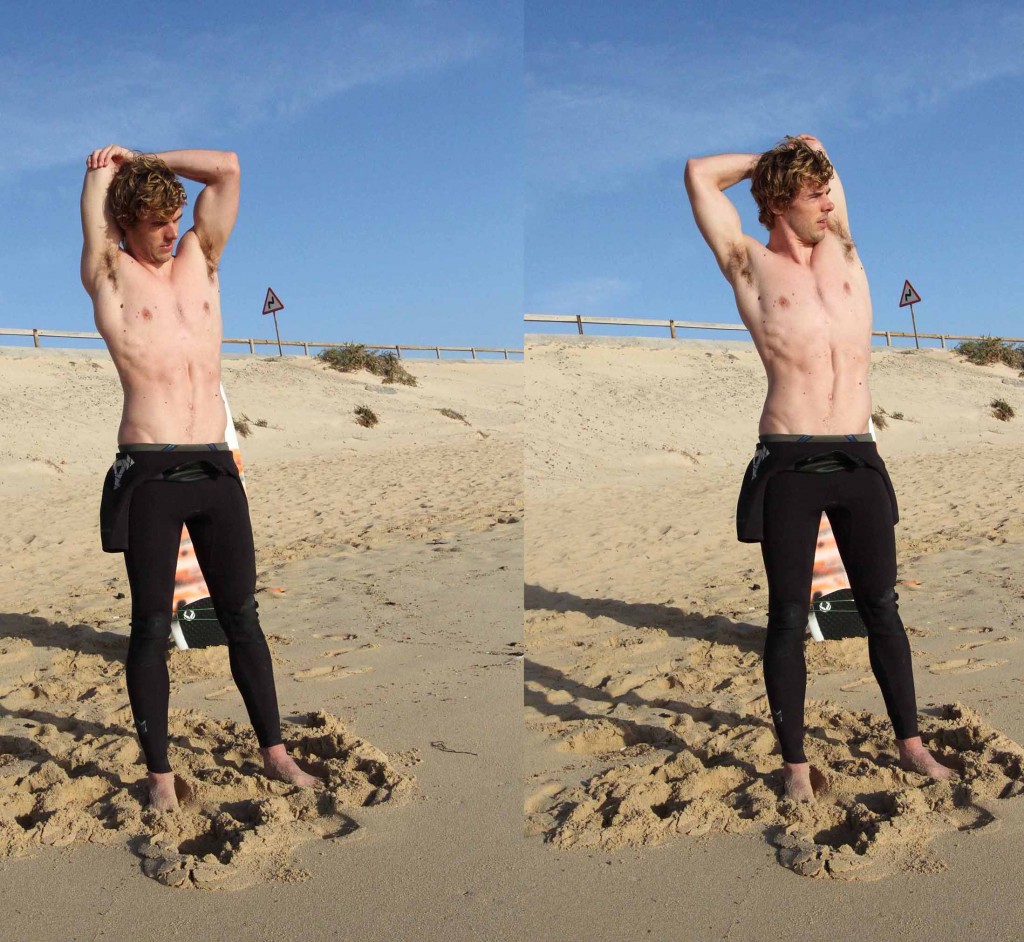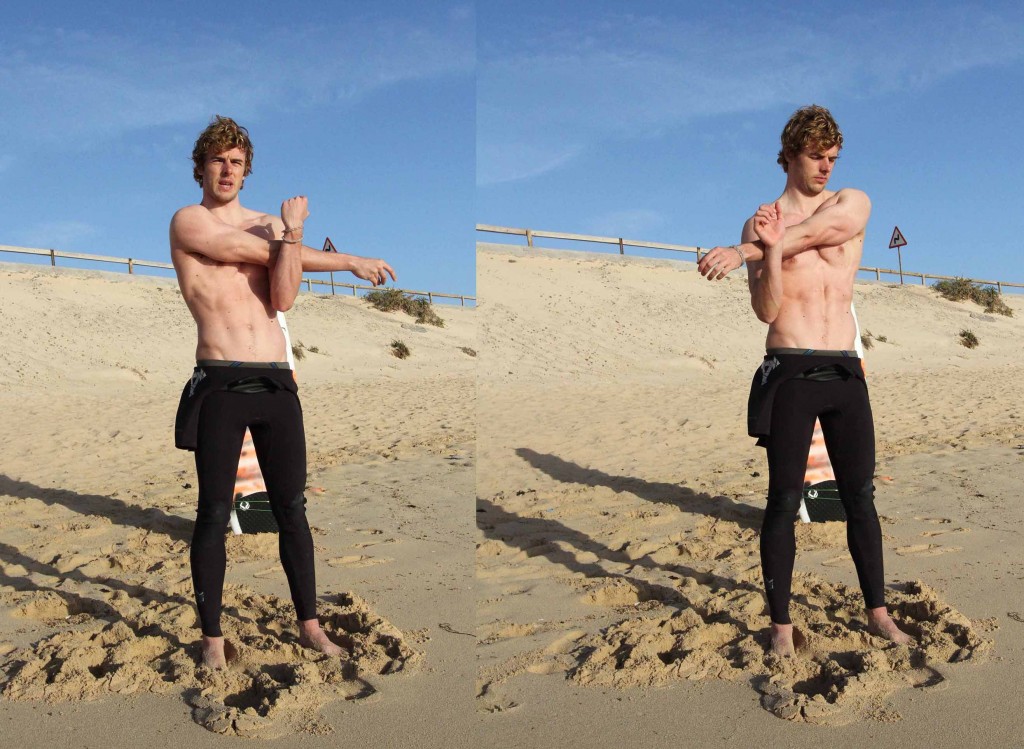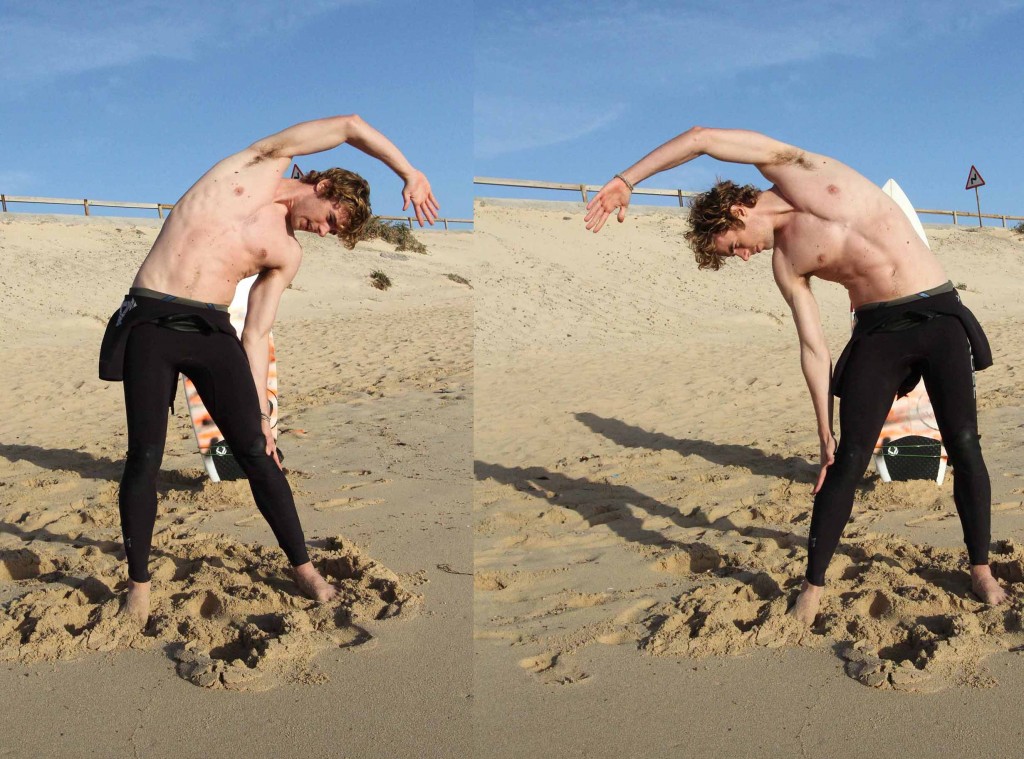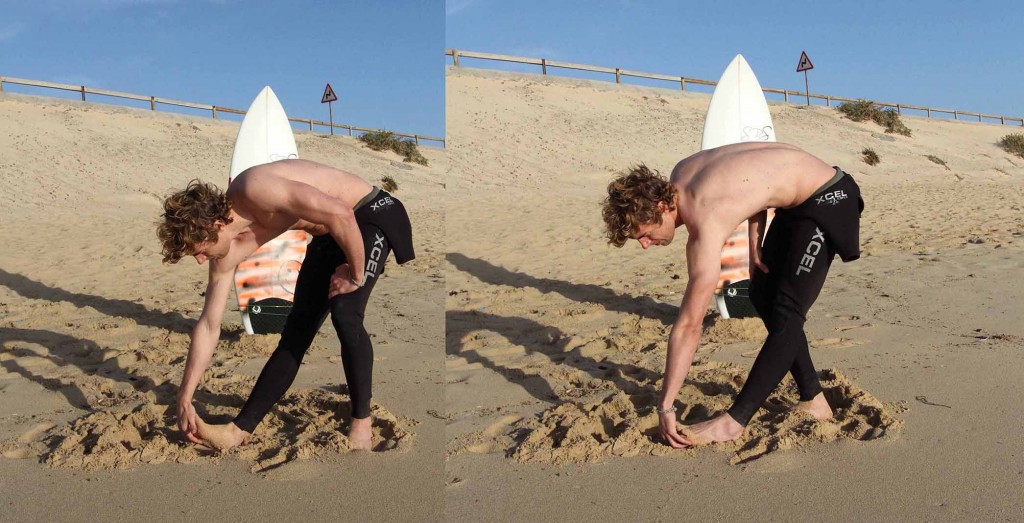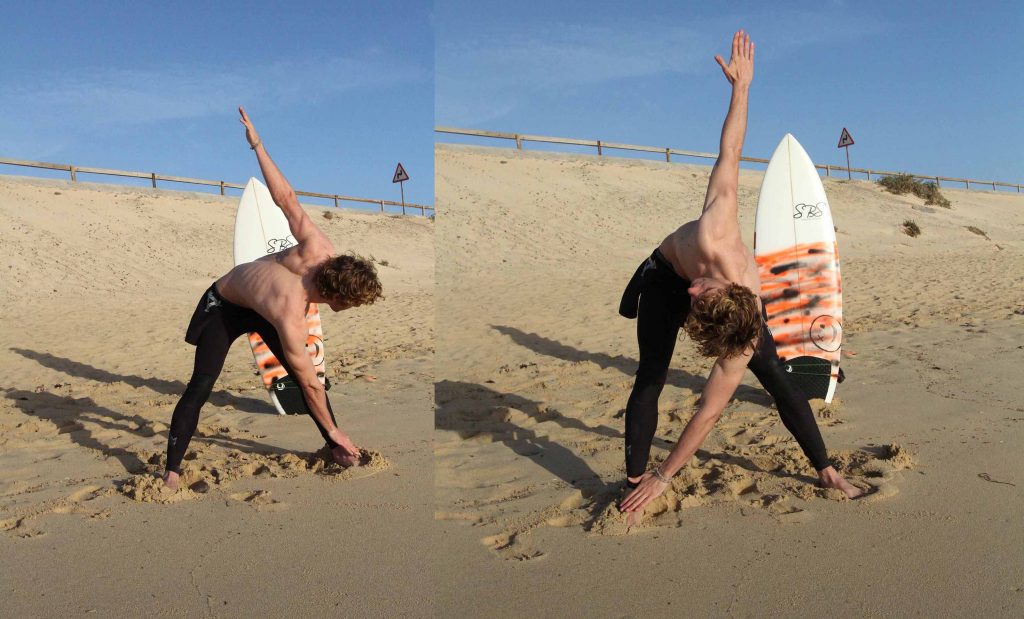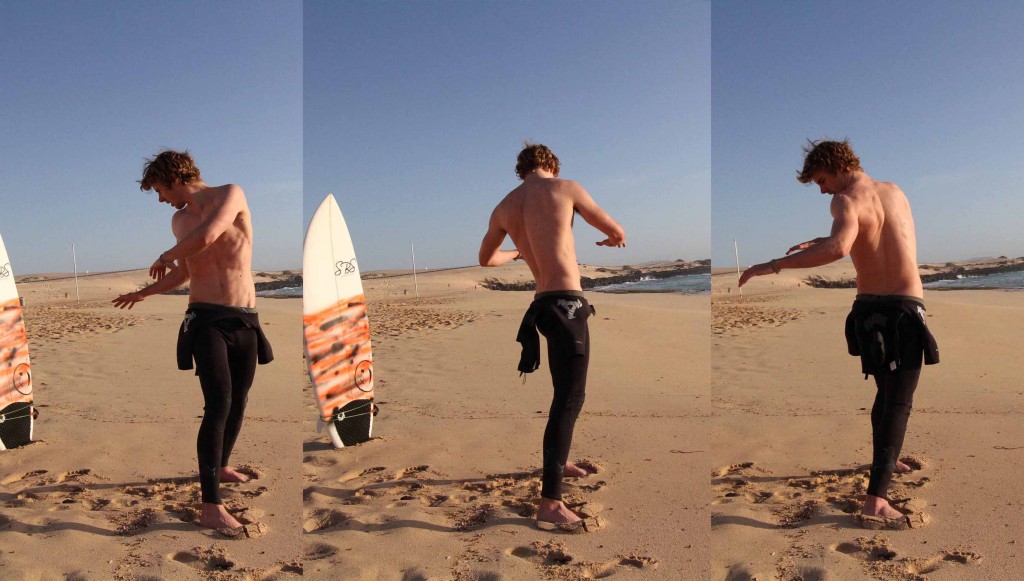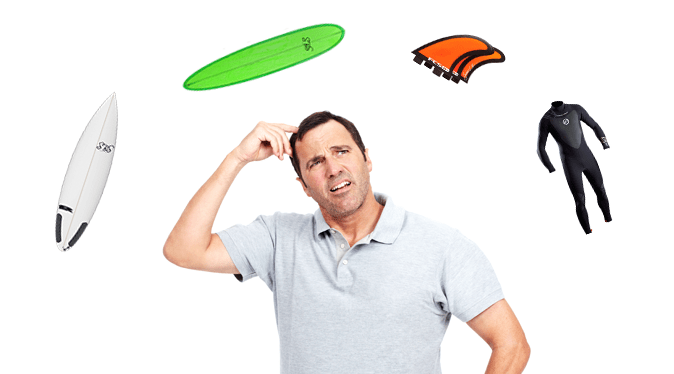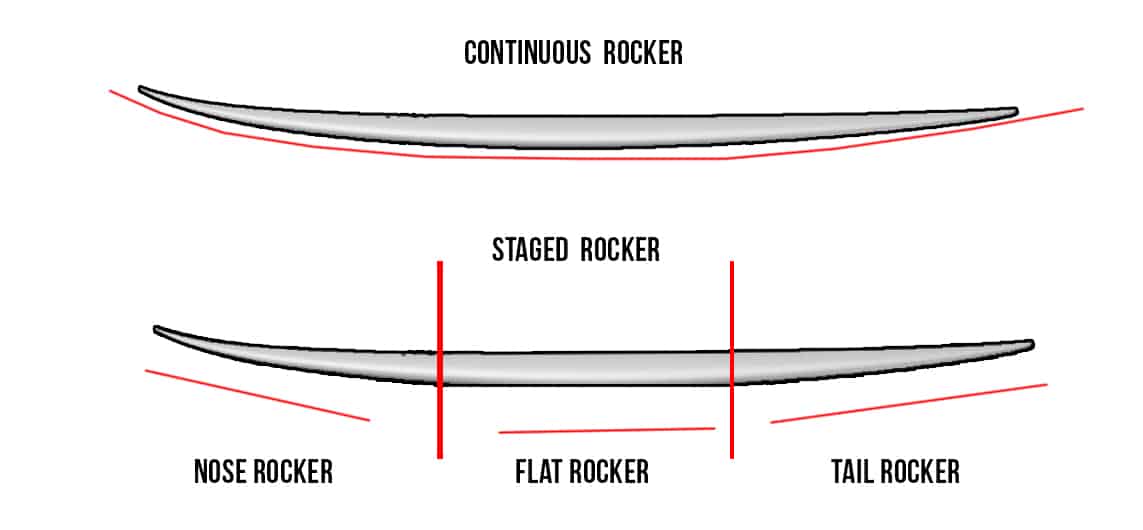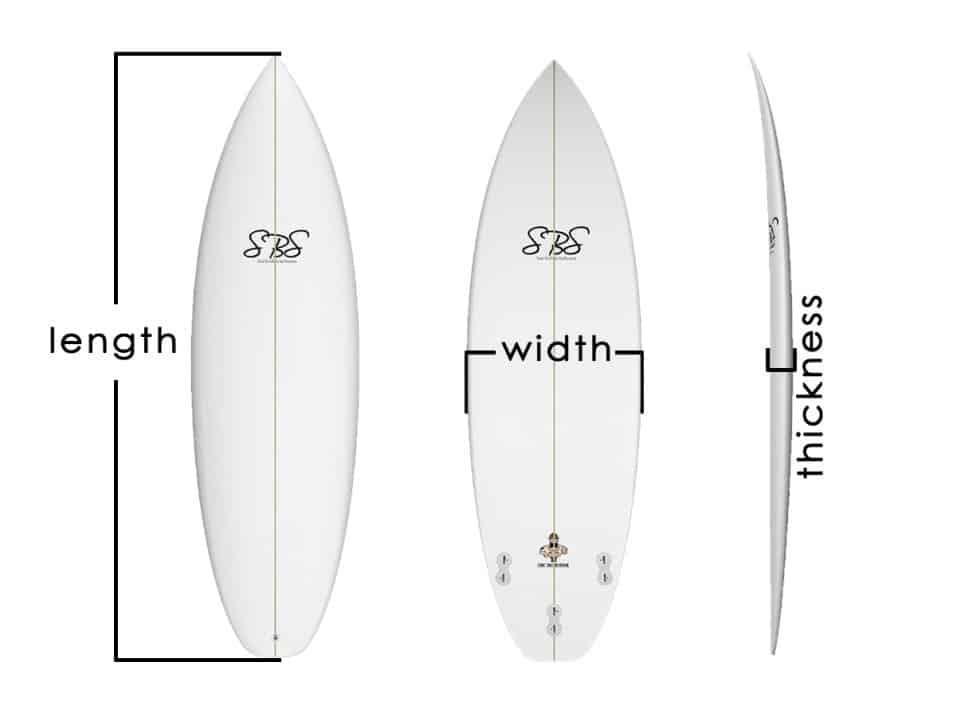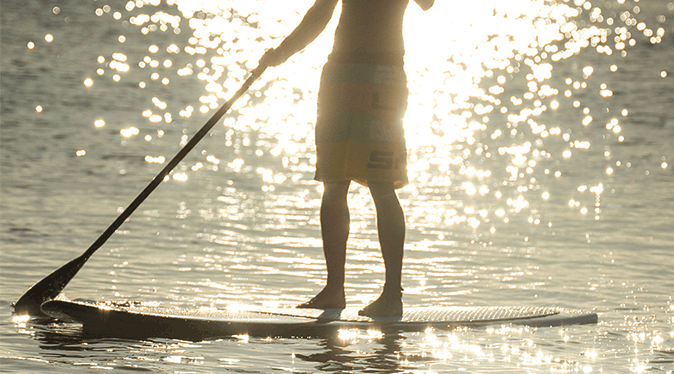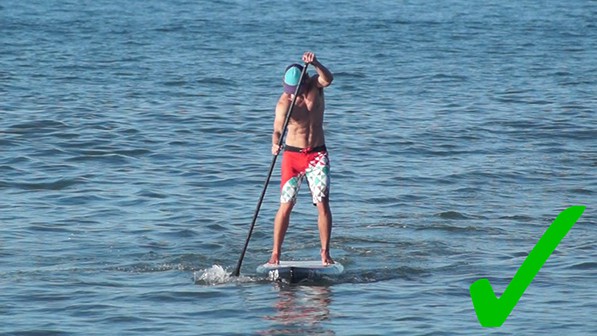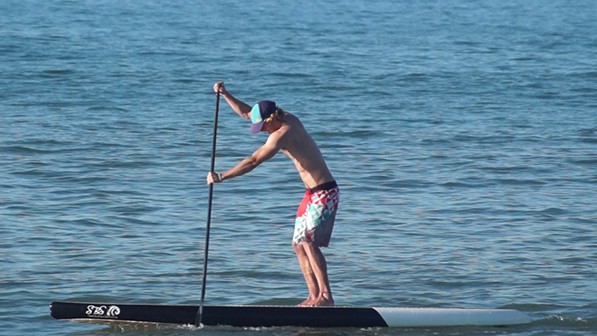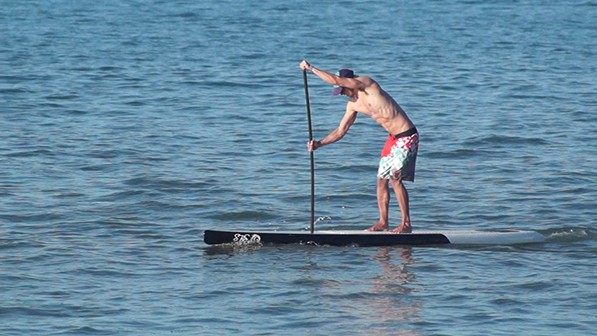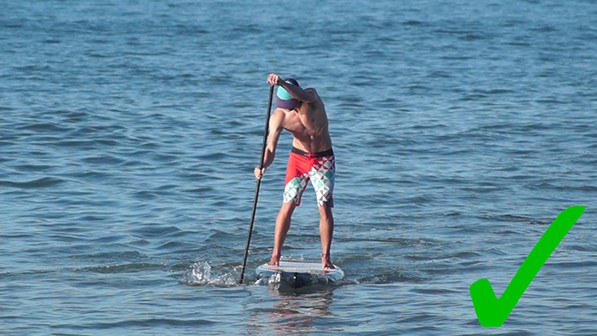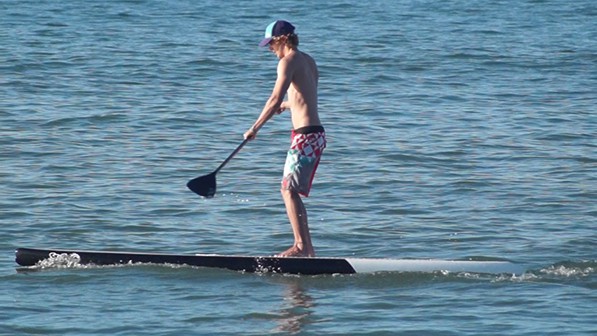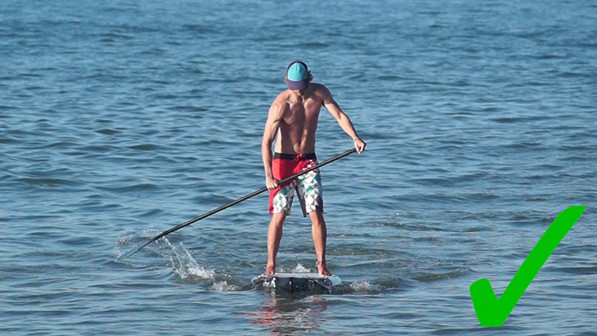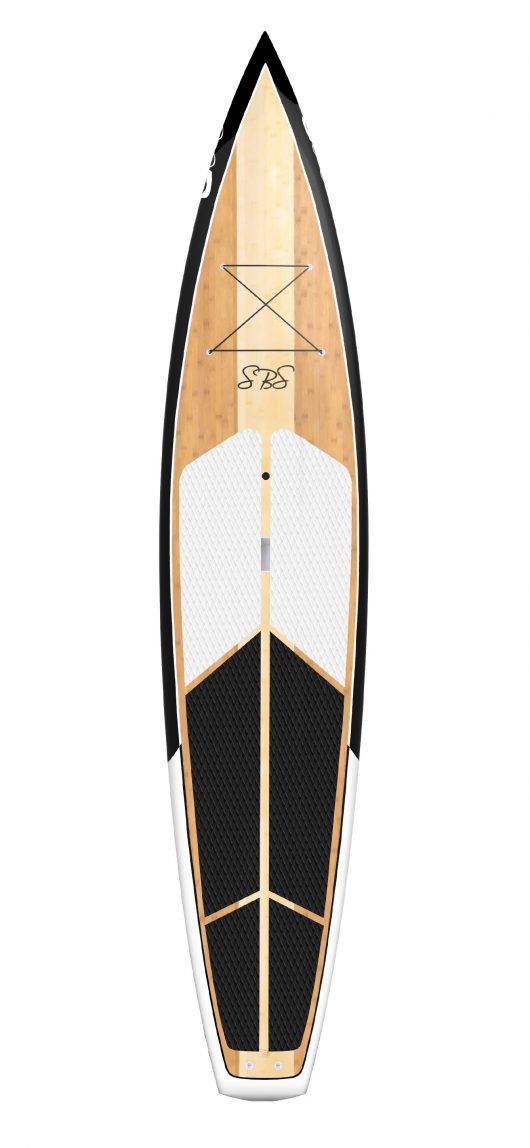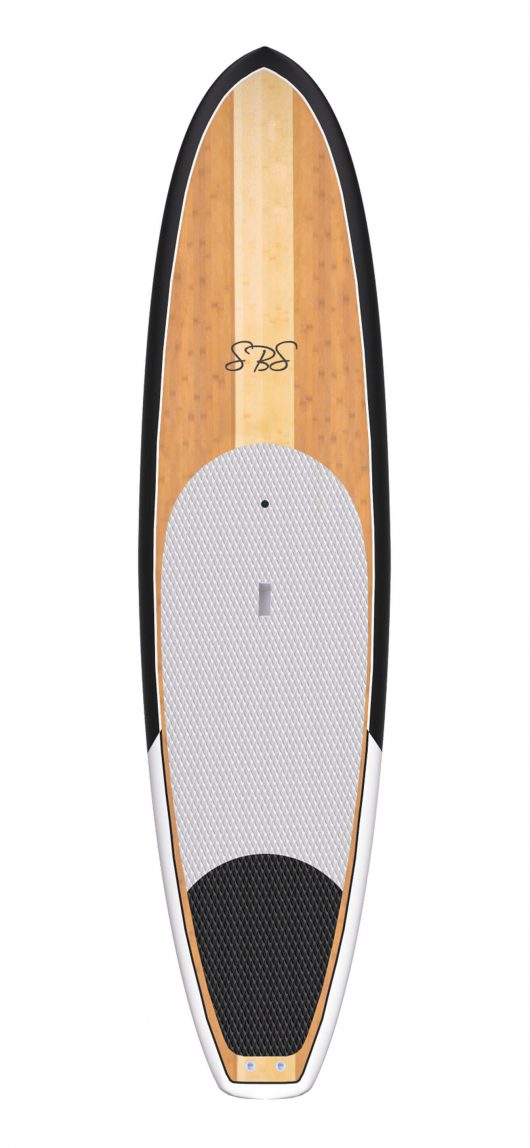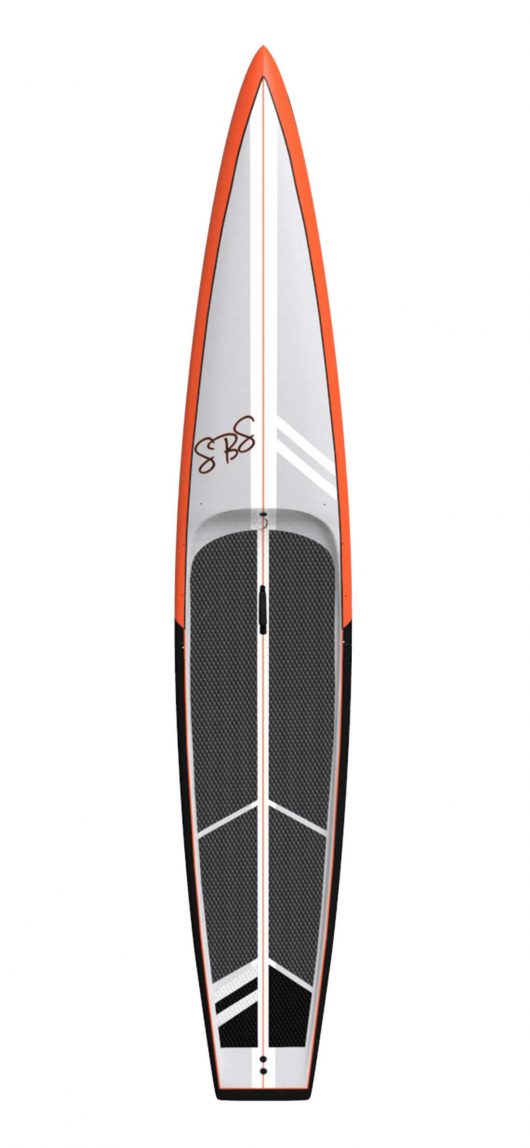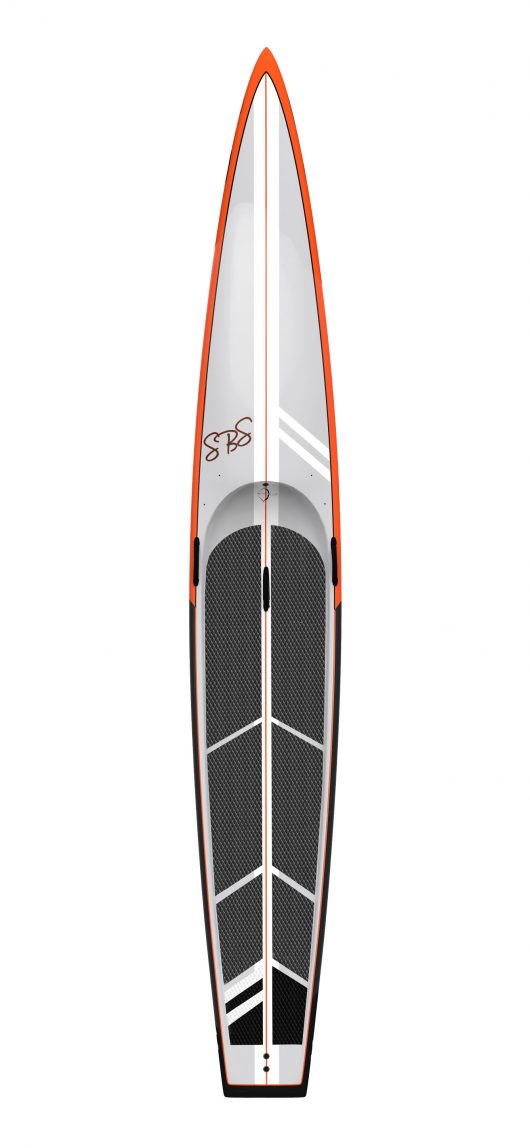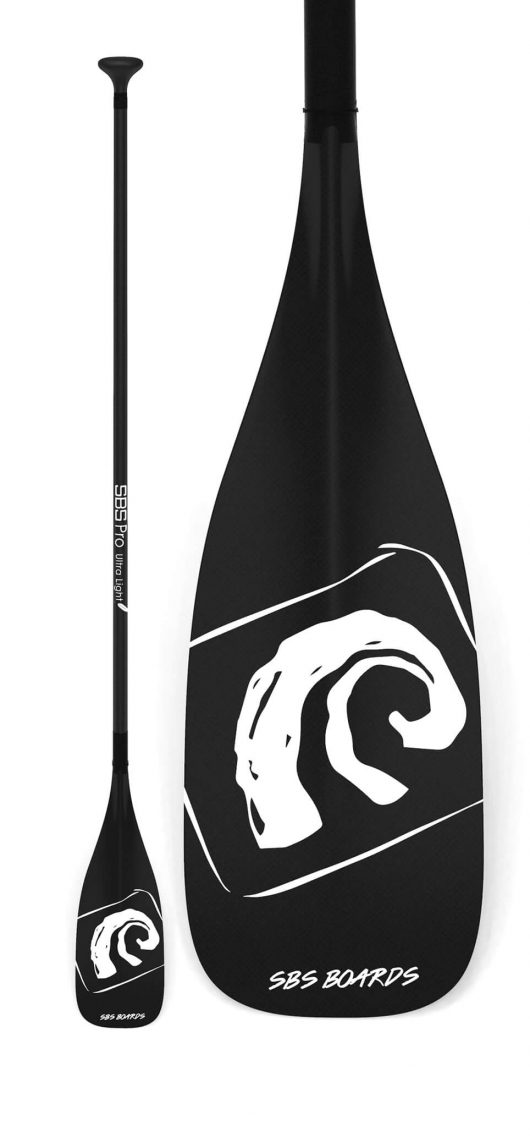NARCY LONGBOW SUP REVIEW our SUP Team rider Narcy has been riding with us since our very inception he was one of the first people to try every one of our sups and helped create and refine many of o our designs today. Narcy has been stand up paddle boarding for many...
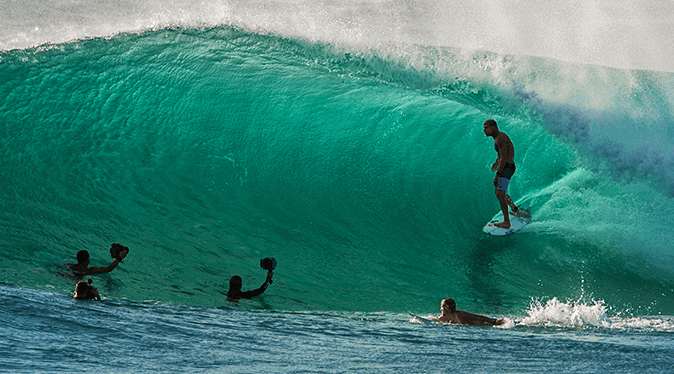
10 Waves To Surf Before You Die
The Top 10 Waves To Surf Before You Die
Barra De La Cruz
When: April—October
Where: “Barra” as it’s called, is located 30 minutes from Huatulco in Oaxaca, Mexico.
Why: Unveiled to the surfing world during the epic Rip Curl Search event years ago, with ideal wind, swell direction, tide, and sandbars, Barra De La Cruz is one of the best right-handers in the world with both barrel and turn sections galore.
Local Knowledge: Bring some surf gear to the locals—your kindness could pay off in the form of set waves. And you didn’t hear it from us, but the whole state of Oaxaca is loaded with excellent surf, and thanks to an article in Surfing Magazine that pissed off the locals, no pros with photographers for the next two years.
Lower Trestles
When: April—October
Where: On the border of Orange and San Diego County in SoCal.
Why: A long right and quick, rampy left, Lowers is commonly known as one of the most rippable waves in the world.
Local Knowledge: Beat the crowd by surfing on a Sunday afternoon.
Jeffrey’s Bay
When: April—September
Where: 45 miles from Port Elizabeth on the southern tip of South Africa.
Why: In a world filled with perfect rights, J-Bay stands at the top of the list.
Local Knowledge: Don’t drop in on the guys wearing white jerseys over their wetsuits and time your entry or else you’ll be smashed into the rocks.
Macaronis
When: April—October
Where: In the southern part of the Mentawai Island chain off the coast of Sumatra, Indonesia.
Why: With a barrel off the takeoff followed by a long, smashable wall, it is hands down the most rippable wave in the world.
Local Knowledge: Get photo and video of yourself here—you’ll never surf better than out at Maccas.
Malibu
When: Year-round but best in the summer months.
Where: The quaint little slice of heaven known as Los Angeles.
Why: Yeah it’s crowded as all hell and you’ll probably get run over by Matthew McConaughey’s SUP but where else can you surf in the shadow of Miki Dora and California’s pioneers?
Local Knowledge: You can drop in on anyone except Allen Sarlo. Movie stars especially are fair game. Malibu.
Restaurants
When: Can break anytime but most consistent April—October.
Where: Tavarua, Fiji.
Why: One of the most perfect left tubes on the planet. On the right wave, you literally sit in the barrel the entire length of the wave.
Local Knowledge: Don’t fall! The bottom at Restaurants is sharp, shallow, and littered with watches, jewelry , fins, skin, and probably a few GoPro cameras.
Snapper Rocks
When: February—July
Where: Coolangatta on the Gold Coast of Australia.
Why: Yeah it’s insanely crowded but it’s also one of the longest, most shred-friendly rights on the planet.
Local Knowledge: Don’t go during the Quiksilver Pro in late February/early March. Sit by the rocks, be aggressive, and you’ll get one eventually.
Pipeline
When: October—April
Where: Smack dab in the middle of the “Seven Mile Miracle” on the North Shore of Oahu.
Why: With the intensely regulated lineup and fiery locals you won’t get the best waves, but just paddling out at Pipe is a rush in and of itself.
Local Knowledge: Surf before the sun comes up for your best shot at a good one out there.
Rincon
When: October—March
Where: Central California near the little town of Carpentaria.
Why: Because it’s “The Queen Of The Coast” and the best right in California.
Local Knowledge: Don’t let the crowd dissuade you, start at the top of the point and find your sweet spot in that mass of humanity.
Teahupo‘o
When: April—September
Where: The end of the road on the island of Tahiti.
Why: To get the barrel of your life.
Local Knowledge: While the mags generally portray “Chopes” as the deadliest wave in the world, at four foot and the right swell direction, it’s ridiculous how tubed you can get without fear of dying.
Related Posts
Long Bow Race SUP Review (Narcy)
Widowmaker Surf SUP At The Witterings
The swell chart war looking good and the conditions were perfect to take the Widowmaker surf sup out for a few small waves at our local break in east wittering a local surf sup hub for paddlers who like to get their weekly wintery fix of waves and paddling. The...
SUP Surfing The Wittering On The Navigator
The Surf was pumping and the sun was out what more could you want on a February weekend. This weekend was one of the best swells we have seen on the south coast all winter and was an absolute score for waves with 17 second swell period ad 2-3 foot it was perfect...
Stand Up Paddleboarding Chichester Canal
Last Saturday We had the pleasure of meeting up with Tony and Gemma from TJ Board hire who run local SUP lessons and rentals as well as trips and excursions around West Sussex. We met up to trial our first SUP Race Session designed to encourage paddler looking for...
Detonator Review “Joss Brooks”…Morocco
JOSS REVIEWTeam Rider Joss Brooks has been as SBS Team rider since 2017 and has been surfing around the Newquay area all his life Jose surfs mostly high performance shortboards so was defiantly the man for the job when it cam to reviewing our detonator model. Joss...
SURFER- UK Longboarder (Lewis Stritch)
UK Surfer Longboarder Lewis Stritch give us the run down on what hes been up to. Our Team riders Lewis Stritch is a local from Bude in Cornwall and has been surfing since the age he could stand Lewis surfs all kind of boards but favours the long board has his true...

